What is SIL, Calculating SIL Suitability Level, Choosing an SIL System, SIL Common Myths, ECM is fully committed to SIL (Safety Integrity Levels) and SIS (Safety Instrumented Systems). We feel that focusing on functional safety is an excellent opportunity for us to partner with our customers to understand their specific needs and applications, and to develop optimal safety solutions for their unique operating environments.
SIL stands for Safety Integrity Level. A SIL is a measure of safety system performance, in terms of probability of failure on demand (PFD). This convention was chosen based on the numbers: it is easier to express the probability of failure rather than that of proper performance (e.g., 1 in 100,000 vs. 99,999 in 100,000).
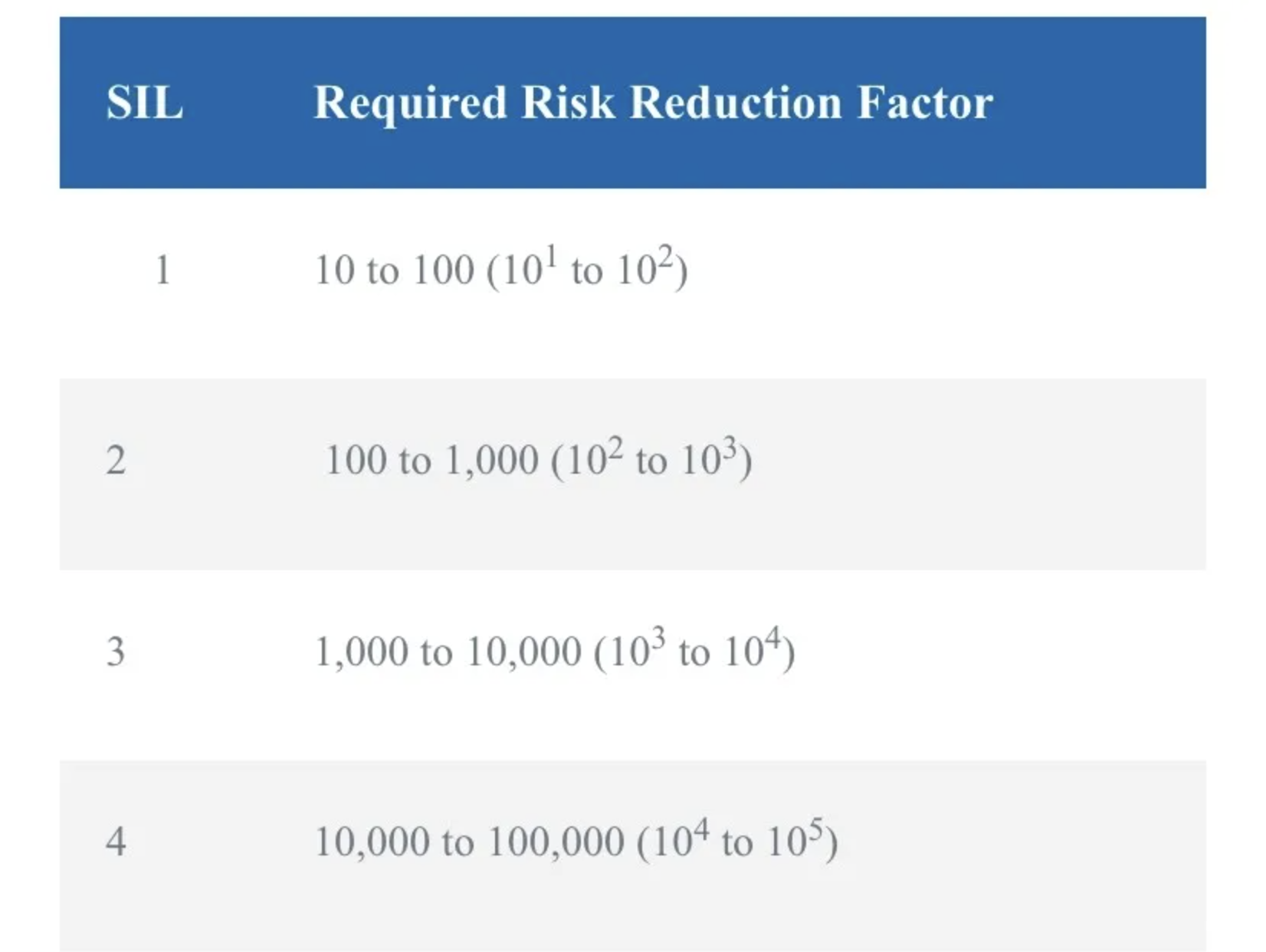
There are four discrete integrity levels associated with SIL: SIL 1, SIL 2, SIL 3, and SIL 4. The higher the SIL level, the higher the associated safety level, and the lower probability that a system will fail to perform properly. As the SIL level increases, typically the installation and maintenance costs and complexity of the system also increase. Specifically for the process industries, SIL 4 systems are so complex and costly that they are not economically beneficial to implement. Additionally, if a process includes so much risk that a SIL 4 system is required to bring it to a safe state, then there is a fundamental problem in the process design that needs to be addressed by a process change or other non-instrumented method.
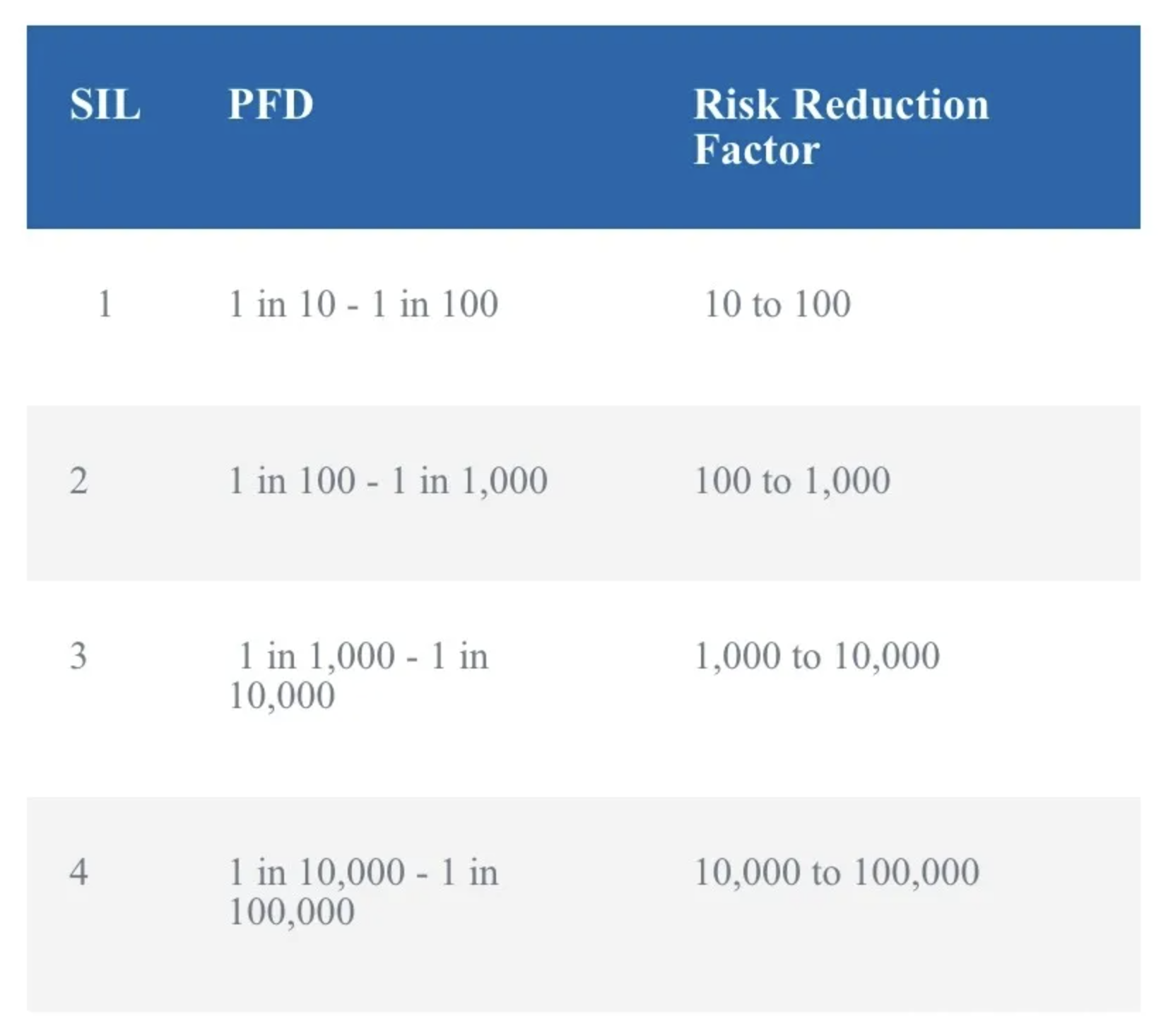
It is a very common misconception that individual products or components have SIL ratings. Rather, products and components are suitable for use within a given SIL environment, but are not individually SIL rated. SIL levels apply to safety functions and safety systems (SIFs and SISs). The logic solvers, sensors, and final elements are only suitable for use in specific SIL environments, and only the end user can ensure that the safety system is implemented correctly. The equipment or system must be used in the manner in which it was intended in order to successfully obtain the desired risk reduction level. Just buying SIL 2 or SIL 3 suitable components does not ensure a SIL 2 or SIL 3 system.

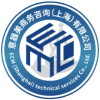
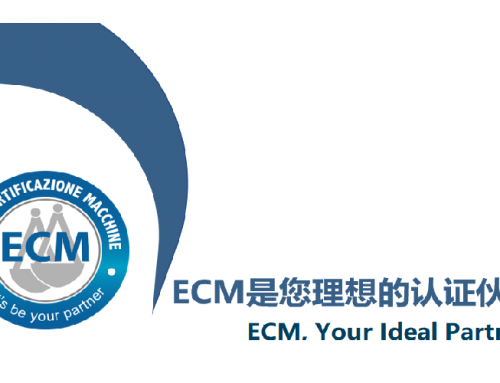


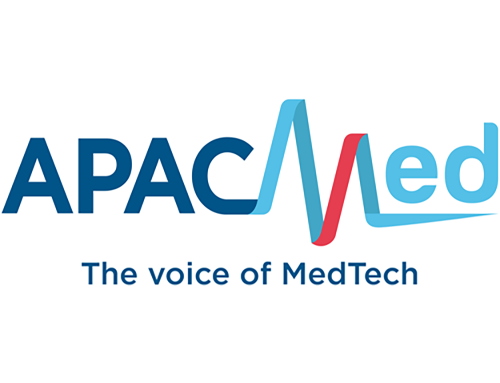
Leave A Comment